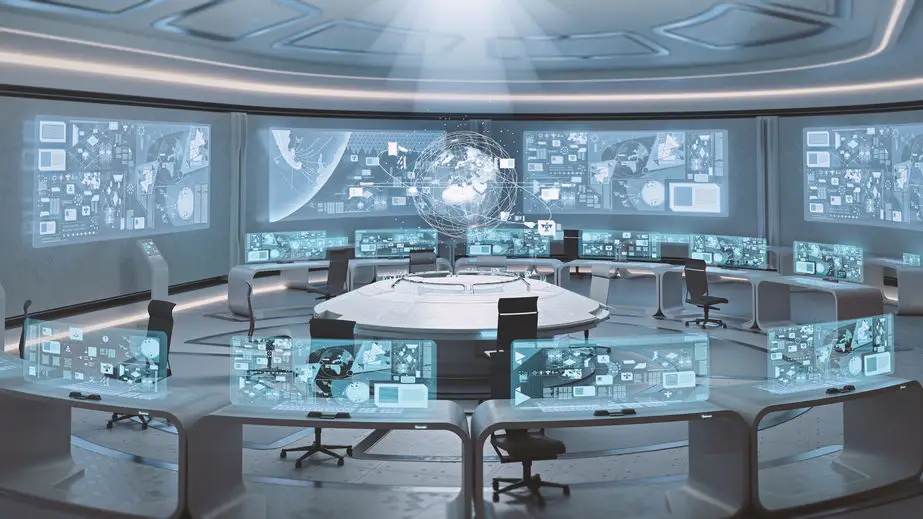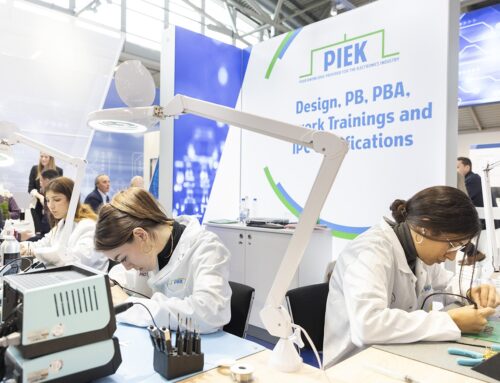Years ago the paperless office was expected to be the office of the future. In practice it still turns out to be a utopia to function without paper at an office, also because rules and regulations require this from organisations. Other technological developments in the meantime are pushing another phenomenon into our lives: the contactless office. In this article we will look into a few of the most recent developments.
Training processes
Training processes cost time. They need to be planned, and assessing participants’ progress is also difficult and time-consuming. In the future, however, the use of immersive technology may make all this faster and more effective. Immersive technology is a combination of actual reality and virtual and augmented reality (VR and AR). When these three realities are applied, employees will be able to acquire new knowledge faster in the future. Researchers think that this approach can save over 50% of time. An example of a company that is currently already very active in this field is STRIVR from California.
Virtual meetings
The Corona pandemic has speeded up our transition to meeting in virtual space rather than in person. We have gained quite some experience by now, seeing both advantages and disadvantages. We save travelling time, but we also miss non-verbal communication, sitting side by side and looking each other in the eye. The future will inevitably see more virtual meetings, and when VR and AR are applied some of the current disadvantages may be alleviated.
Smart assistants
We already know the smart digital assistants offered by various companies, such as Siri, Alexa, Google Assistant, etc. In the future these so-called chatbots will become an integral part of our office environment. The application of Artificial Intelligence (AI) already enables these chatbots to take over some activities of our employees. One example is a chatbot that can estimate how much damage has been caused to a car on the basis of photographs.
Bigger offices
The Corona pandemic has taught us that reducing the allocated square metres per person in an office as we have done in the past decade is not the way to go. Work spaces used to be over 1.8m2, whereas they are 1.4m2 now. Work spaces are bound to become larger in the future, also due to the fact that employees will be given more flexibility in working times and styles. Moreover, routine activities and in due course even more advanced activities could be executed by smart assistants or chatbots.
Internationalisation of the work force
Across Europe more than 40% of employees are working from home, and the expectation is that this number will only go up in the future. This opens up new vistas for both employers and employees. Employers can attract employees regardless of location, and employees no longer need to limit themselves geographically when looking for a job. Developments such as DaaS, Desktop as a Service, contribute to this. DaaS is a cloud solution with which an organisation can offer virtual desktops on any device at any location.






